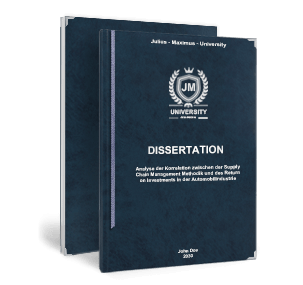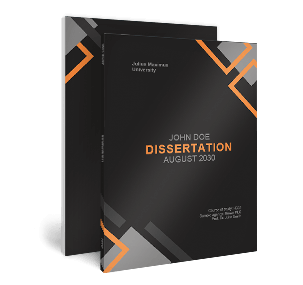Hardcover vs. Softcover
The binding types in comparison
✓ Hardcover
✓ Softcover
✓ Comparison of harcover vs. softcover
From
$7.90
Express delivery:
Inhaltsverzeichnis
Hardcover vs. softcover
The hardcover, as the name implies, consists of a sturdy cupboard cover with leather optics. The binding is robust and impresses with its high-quality design. The cover of the hardcover can be customized with an individual embossing. Synonyms of this are leather book binding, case binding, and, more similar in name, hardback binding and hardbound binding.
Softcover
Softcover refers to bindings that feature flexible, lightweight covers. They are typically glued, making them less durable than hardcover bindings but more affordable and portable. Softcover bindings are commonly used for less formal academic works. BachelorPrint offers multiple types of softcover bindings, e.g., thermal binding and spiral binding.
The binding types in comparison
 |
 |
|
Hardcover |
Softcover |
|
From $29.90 |
From $7.90 |
|
| Synonyms | Hardback binding Hardbound binding Leather book binding |
Spiral binding Perfect binding Thermal binding |
| Material | Laminated, colored/customizable cover |
|
| Optics | Leather-look finish Matt or slightly shiny |
Custom or colored design Spiral with some bindings |
| Number of sheets | ||
| Advantages |
|
|
| Disadvantages |
|
|
Use for academic works


Any questions left unanswered?
FAQs
Hardcover bindings generally last longer than softcover bindings due to their sturdy construction and durable materials.
It depends on the purpose: hardcover is often preferred for significant academic works that require durability and a premium appearance, while softcover is suitable for more casual or budget-friendly options.
Absolutely! If you prioritize durability, visual appeal, and long-lasting preservation for significant academic works, investing in hardcover is typically worthwhile.
Hardcover is more expensive due to its high-quality materials, intricate construction, and additional features like custom embossing, all of which contribute to its durability and aesthetic appeal.



